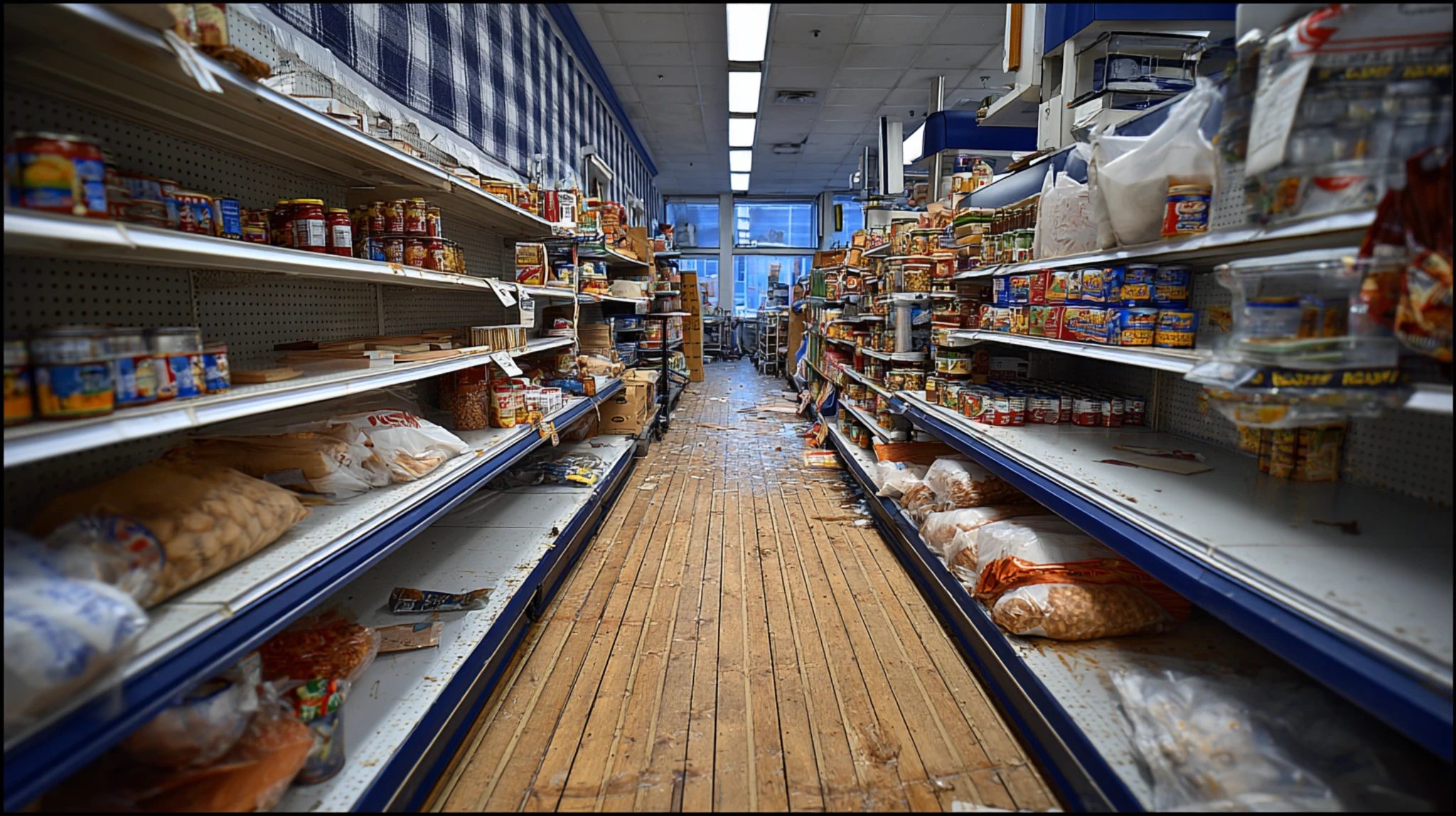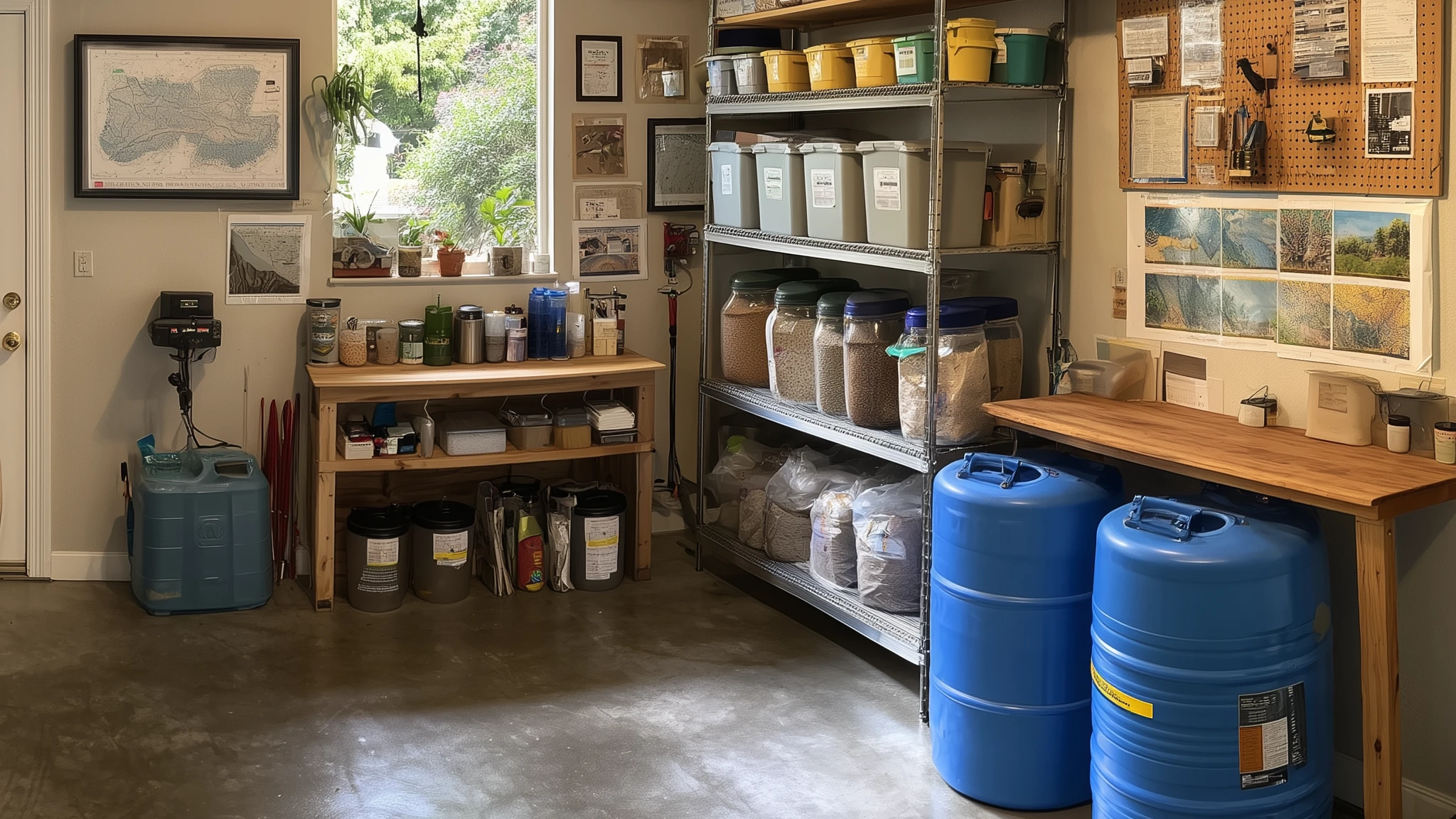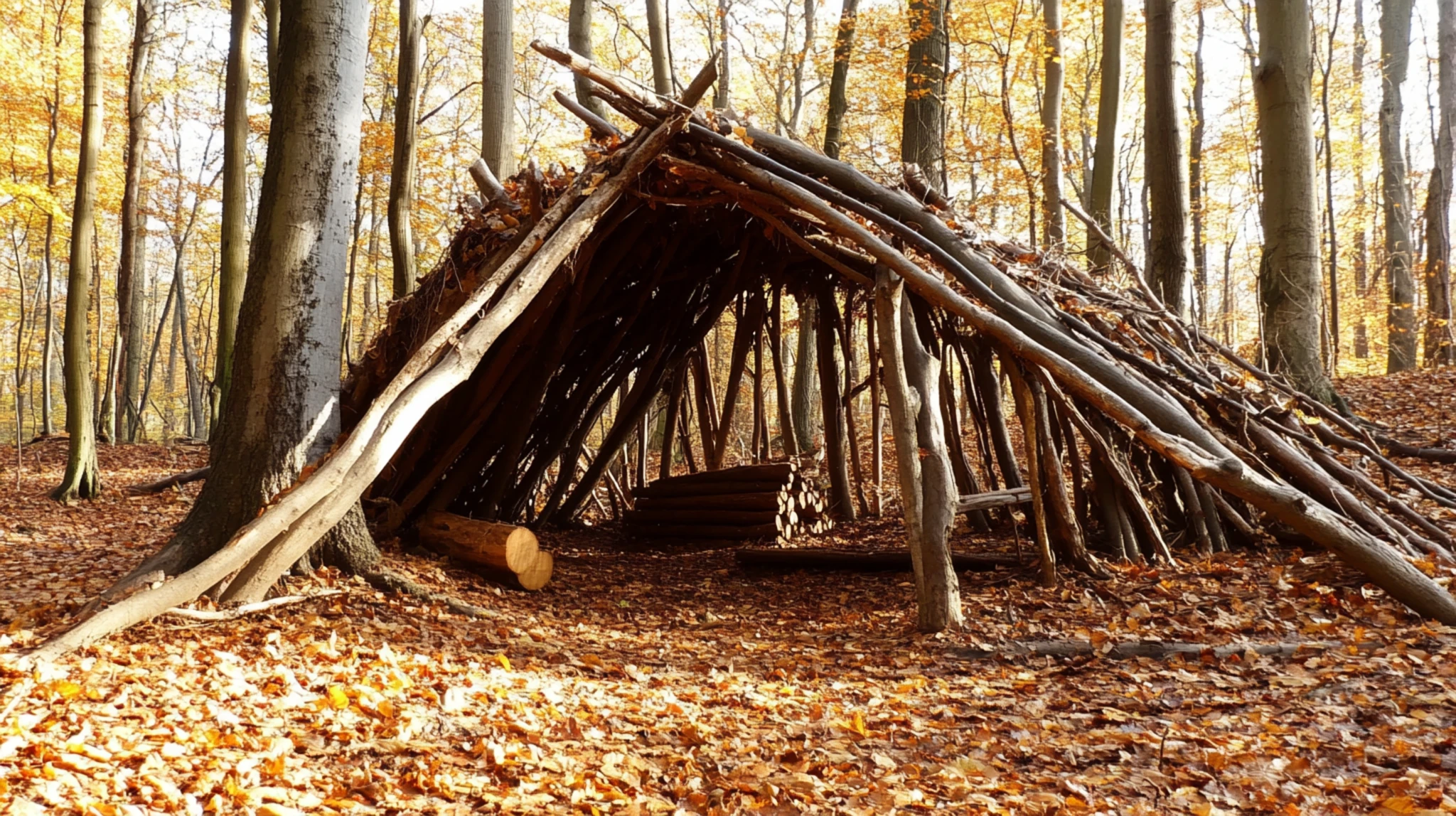Everyone talks about building a fire or purifying water, and while those basics matter, there’s a whole world of survival knowledge quietly slipping through humanity’s fingers. We’ve traded resilience for convenience, intuition for algorithms. In the comfort of modern life, ancient instincts atrophy.
But when the lights go out and the systems crash, it won’t be the tech-savvy or the fitness buffs who survive—it’ll be those who remember the quiet, overlooked skills that kept our ancestors alive. These are the survival tools that don’t get flashy headlines but can tip the odds in your favor when things truly fall apart.
• 1. Navigating Without a Compass
GPS won’t save you in a grid-down world. Batteries die. Satellites fail. Apps crash. And that fancy compass? It won’t help if you don’t know how to use it. That’s why learning natural navigation techniques is a skill too few people ever practice.
You can start by observing the sun. It rises in the east and sets in the west, but the precise arc can vary based on season and hemisphere. Shadows can help you find cardinal directions, and moss, though inconsistent, tends to grow on the damper, usually northern, side of trees in temperate climates. At night, Polaris—the North Star—stays fixed while other stars rotate around it. In the southern hemisphere, the Southern Cross points roughly south.
Reading the land itself is also key. Rivers usually flow downhill, leading toward larger bodies of water and often, eventually, toward civilization or lowland regions where survival may be more manageable.
• 2. Reading Animal Tracks and Behavior
Most people would walk past a set of tracks without a second thought, but those prints in the mud or snow can tell you more than any news broadcast. Animal movements reveal a lot about the safety and health of an area.
If prey animals—rabbits, deer, birds—seem scarce, predators may be nearby. If their tracks appear nervous, zigzagged, or unusually clustered, it could mean recent danger. On the other hand, spotting fresh, calm patterns can indicate a stable environment with water, food, and no immediate threat.
Learning the difference between fresh and old tracks, deciphering whether an animal is grazing or fleeing, and identifying what type of animal made the tracks can give you an edge both in staying fed and staying safe.
• 3. Improvising Tools from Debris
Survival doesn’t mean having every tool on hand—it means knowing how to create what you need with what’s around you. Urban and rural collapse zones will be littered with potential, if you know how to look.
A broken car mirror becomes a signal device. Rusty wire and nails can be repurposed into snares. Plastic sheeting from a trashed billboard makes excellent rain catchers or shelter linings. The leg of a chair can serve as a club; a spring from an old pen becomes a lockpick.
This skill comes from time spent tinkering, experimenting, and getting your hands dirty. It’s about training your brain to see not what something was, but what it could be.
• 4. Finding Clean Water in Urban Ruins
We’re all taught to look for streams and springs—but what about when the collapse traps you in a concrete jungle? Cities may seem like wastelands, but they hold hidden sources of hydration—if you know where to look.
Hot water heaters and toilet tanks (not the bowls) are often overlooked but contain several gallons of relatively clean water. Canned fruits, soups, and even pickles can provide both hydration and electrolytes.
Rain catchment from rooftops using tarps or gutters is another strategy, though urban air pollution may require careful filtering. And if you’re lucky enough to find a building with intact plumbing, drain the highest floors first—they’ll lose pressure last.
• 5. Moving Silently and Unseen
Not all survival is about braving the wilderness. Sometimes, it’s about staying invisible among danger—hostile people, armed groups, or collapsing authority. Learning to move without being heard or seen is one of the most underrated urban and rural survival skills.
This means understanding terrain and how sound carries. Gravel crunches, leaves rustle, metal clangs. Practice walking slowly, with the ball of your foot touching first, then rolling to the heel. Learn how to crouch and move without using your hands for balance.
Travel during twilight or after dark, but not in full night unless you know the terrain intimately—many dangers hide in pure darkness, and your silhouette can stand out against artificial light pollution or moonlight.
Avoid straight lines. The human eye picks them up quickly. Zigzag between cover, use shadows, and break up your outline with layers of mismatched clothing or natural camouflage.
• 6. Building Psychological Resilience
You can have gear, strength, and knowledge—but if you break mentally, it’s over. This is perhaps the most vital skill that no prepper checklist ever fully addresses.
Mental resilience isn’t bravado—it’s quiet, steady grit. It’s the ability to adapt plans without falling apart, to accept loss without freezing in fear, and to press forward without certainty. It means building a mind that endures isolation, trauma, and exhaustion.
Start now by simulating deprivation: spend a weekend without power, fast for a day, sleep on the floor, walk 10 miles without resting. Put yourself in discomfort on purpose—not to suffer, but to build familiarity with stress.
Read survival accounts not for tactics, but to understand how people endured. Practice mindfulness, breathing, and finding calm under pressure. A sharp mind is the most irreplaceable survival tool you have.
• 7. Identifying Edible Wild Plants Without an App
Many people think they’ll “just forage” if they run out of food—but plant identification is a skill learned over seasons, not hours. Mistaking a lookalike plant can lead to illness or death.
Start with a few easy-to-spot staples that grow across most temperate zones: dandelions, cattails, plantain, and wild garlic. Learn how to tell them apart from toxic mimics, and practice finding them in various stages of growth.
Touch, smell, color, vein patterns—these details matter. A single trait can make the difference between dinner and disaster.
And no, don’t rely on plant ID apps. They need power, signal, and data—three things you won’t have when you need them most. Build your own mental database.
These seven skills won’t be the flashiest. They won’t get you Instagram likes. But when the world goes dark and the rulebook is ash, they’ll be the edge between wandering and surviving.
Most people have never learned them. Some never will. That’s exactly why you should.



